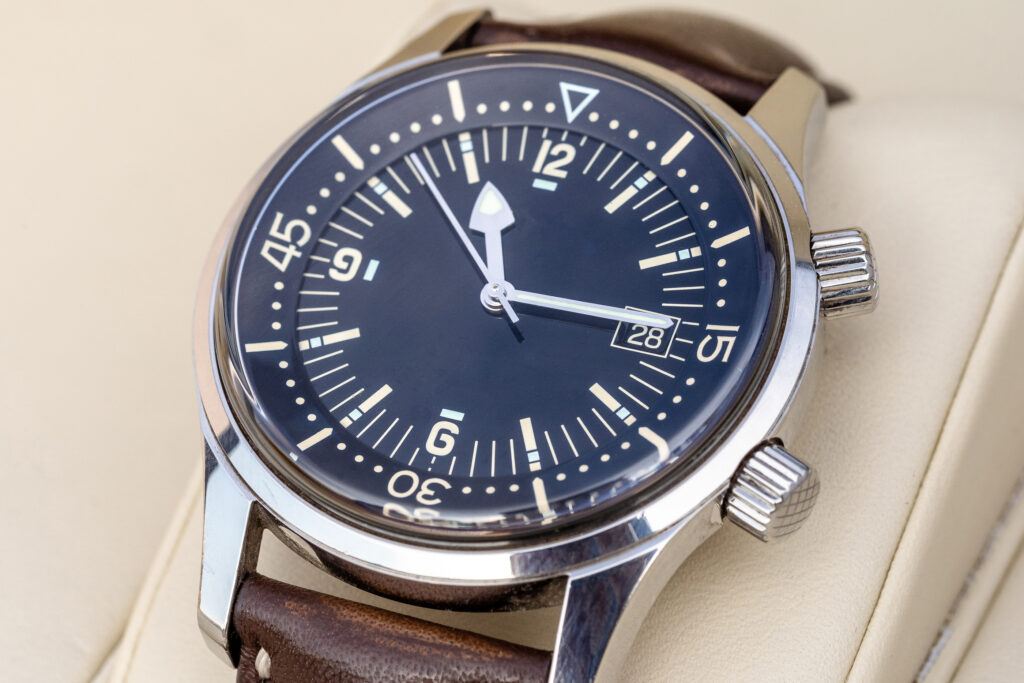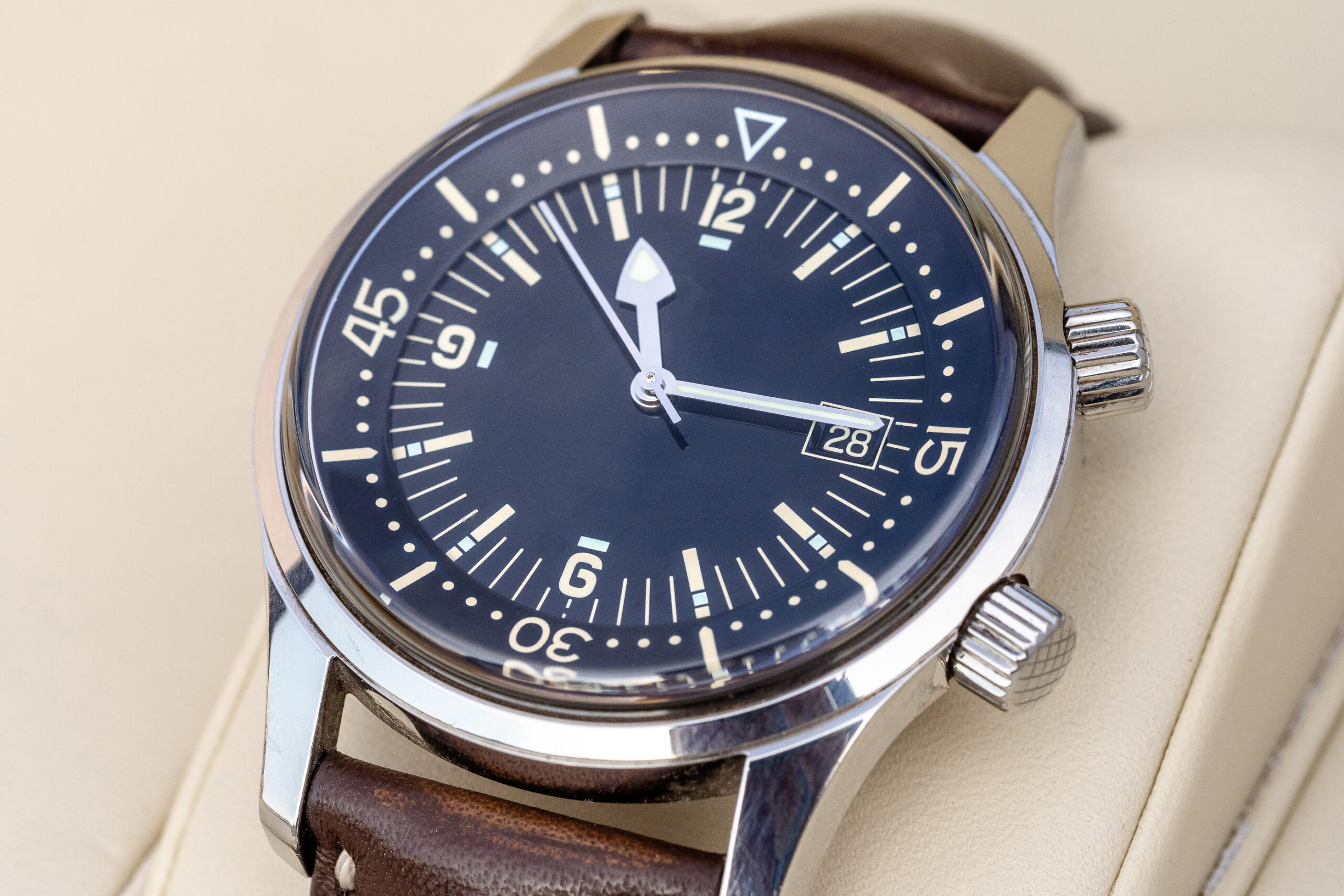Believe it or not, the tough and rugged field watches that where born out of necessity during the World Wars are still around and going strong today.
I think this is pretty amazing in itself, considering how much technology and style have changed over the decades.
But it really does go to show that a classic never goes out of style.
With everything these days seeming to gravitate towards smart features and hi-tech capabilities, it’s nice to see that the comfort in simplicity hasn’t been completely forgotten.
And it’s that no BS, simplicity that’s probably made field watches such a popular watch style today.
If you’re looking for a watch that’s tough and keeps good time, a quality field watch is a great choice. But before you run out and buy one, it’s a good idea to know what you’re getting into.
Luckily, this guide will show you everything you need to know about these classic watches so you can choose with confidence.
What Is A Field Watch?

Although the field watch is an iconic style, it may not be quite as well known as some of the other men’s watch styles we see on a daily basis.
Modern field watches got their design from the original timepieces used by the military during WWII.
With watches being so commonplace these days, it can be hard to imagine a time when wristwatches were few and far between. In fact, the original wristwatches were used primarily as pieces of jewelry for women to wear.
With the appearance of masculinity always on the line, men would opt for the larger, bulkier, and significantly less convenient pocket watches as their go to for keeping time.
Wasting time to stop what you’re doing, drop what you’re holding, and grab a pocket watch from your breast pocket to see what time it is is fine and dandy during your everyday, civilian life.
But when on the battlefield, you can imagine how inconvenient and dangerous this could be.
Imagine also how important accurate time keeping would be during a battle- especially in the time of the World Wars where technology wasn’t nearly where it is today.
It would’ve been critical for all soldiers and leaders to be on the same time table for the coordination of attacks and maneuvers.
It was out of this necessity for convenient and accurate time keeping that the field watch (or “trench watch” as it was known as during the time) came to be.
These watches were designed specifically for the military and provided to all soldiers by the start of WWII.
The American A-11 was one of the most commonly worn field watches during the war and it’s style and design was used as the template for pretty much all modern field watches since.
After the war ended, soldiers returned to their homes, taking their field watches with them.
These watches that had survived combat where not being worn by soldiers returning to civilian life.
These same watches that where tough enough to survive the war (and that where being worn by the toughest guys around) where no longer being viewed as pieces of feminine jewelry.
Quite the contrary.
The field watches that returned home after WWII are actually to thank for the popularity of men’s watches today. These durable, accurate watches showed men how practical (and manly) these devices could be.
And the rest is history.
Modern Field Watches
The history of these watches is pretty fascinating – to think that we have WWII to thank for the popularity of men’s watches today is something else.
I think it’s awesome that the field watch style is still going strong. In a world where even toasters are “connected”, it’s nice to see that simplicity can still be appreciated.
The style of today’s field watch hasn’t changed much since the 1940’s. Most modern field watches still go for a look reminiscent of the original A-11.
Here’s what you can expect from field watches these days:
Simple Dial
This makes sense considering these watches are designed after the original field watches that came out 80 or so years ago, before the age of quartz watches and fancy features.
Field watches are known for having very simple dials (or faces). Most only show the numerals necessary for telling time- no calendars, bezels, or chronographs allowed.
Most field watches come with white numerals on a black dial for easy reading. Many also allow time telling in the 24 hr format used in the military.
Modern field watches are a little larger than the originals used back in the war. Many these days have faces that are between 38-44 mm in diameter (compared to the 36 mm dials on the originals).
Rugged
Being able to withstand being out in the field is essential for a field watch. These time keepers have to be tough and rugged to survive the elements.
Modern field watches are dust and water proof. Most come with stainless steel cases that should be tough enough to handle the scuffs and bumps that occur when hiking, camping, or playing outside.
Leather/Canvas Band
Most, not all, field watches come with a leather or canvas band (with canvas probably being the most common material of choice).
I say most, because there are some field watches out there that come with metal bracelets (Hamilton’s Khaki Automatic Watch comes to mind).
But if you’re going for that rugged, outdoorsy look, canvas is the way to go.
Canvas bands are tough, easy to adjust, and easy to swap out in case they get damaged or if you want to change your look.
Movement
The original field watches all used manual mechanical movements (meaning they had to be wound by hand) because at that time, quartz (battery operated) and automatic movements weren’t available yet.
If you’re going for the real deal experience, you can still find plenty of field watches that use manual movements today.
But if you’re looking to take advantage of newer technology, many field watches (especially the more affordable ones) come with quartz movements or automatic (self-winding) movements.
Final Thoughts
The history of the field watch is a rich one. I doubt it’s an overstatement to say that the field watch helped win WWII.
It’s also pretty incredible to think that men may not be wearing watches today if the soldiers hadn’t returned home with their handy field watches still on their wrists.
These days, field watches are still a very popular choice when it comes to men’s watches.
Guys looking for a rugged timekeeper that can withstand the elements are choosing field watches because they can do just that. These watches work great for hiking, camping, fishing, hunting, or pretty much any other activity that takes place outdoors.
When looking for a field watch, keep in mind the characteristics these watches should have: they should have clean, easy to read dials and they should come with rugged cases and bands (usually leather or canvas).
They can also be mechanically operated or battery powered (quartz).
Like all watches, field watches come in all price ranges, but many top models cost less than a $1000, making them a relatively affordable option.
Overall, the field watch is an iconic watch style with a history as intriguing as any. And a classic never goes out of style.

